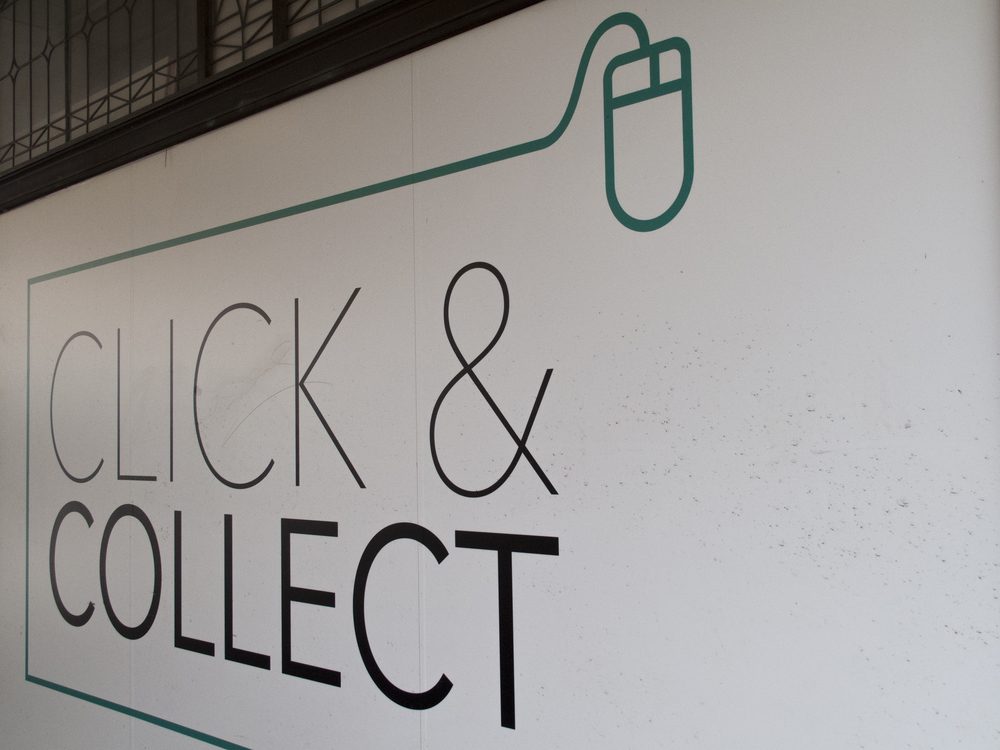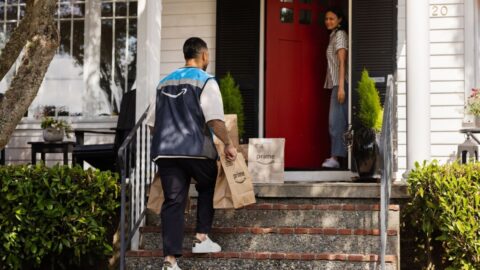Brick-and-mortar retailing still has room to thrive, even in a world where 55% of U.S. households have Amazon Prime accounts: 75% of retail business will still be driven by physical stores in 2022, according to a study by IHL Group. However, traditional retailers will need to adopt technology of their own to fight back against Amazon and stay relevant in this rapidly evolving world.
Retailers should keep in mind the top reasons shoppers still visit physical stores over e-Commerce sites:
- Need their purchase now (23%);
- Want to touch and feel the product, or need expertise (20%);
- Don’t want to pay a delivery fee (14%);
- Want to support local businesses (12%); and
- Convenience (11%).
Most of these desires can be met through a buy online, pick up in-store (BOPIS) program, according to Greg Buzek, Founder and President of IHL Services. This kind of service gives shoppers a reason to come in store, and can provide incentives that Amazon’s limited physical presence can’t match.
“People shop at stores because they need it now, or they need more experience: to touch and feel and try it on,” said Buzek in an interview with Retail TouchPoints. “If you can take that ‘need it now’, and add to it the fact that you can beat Amazon at their own delivery game with the BOPIS because you’re local, it can be very powerful.”
Out-Of-Stocks Can Erase A BOPIS Advantage
While BOPIS can be the best weapon retailers have in their fight with Amazon, they must back up the offer with solid execution. Out-of-stocks are a particular danger: Prime members who experience an out-of-stock are 71% more likely to shift a planned in-store purchase online than they would otherwise. Even non-Prime shoppers are 26% more likely to visit a competitor’s physical store when they experience an out-of-stock.
“It’s very hard if you miss that execution,” said Buzek. “People will excuse you if they just walk into the store and something is out of stock. But if they go online, see that it says it’s in stock, then they buy it and show up at the store and you don’t have it? That is usually the kiss of death for the relationship. That’s like the bride not showing up for the wedding.”
An accurate inventory system is the foundation of a successful BOPIS program, and RFID-powered solutions can serve as the backbone of a well-organized inventory. This technology can raise in-store inventory accuracy to as high as 98% to 100%, improving the reliability of forecasting tools and all but eliminating the danger of overstocks and out-of-stocks.
“If you’re off by 25%, and you’re trying to make a forecast for more stock, you’re either ordering way too much or not enough,” said Buzek. “You’re taking great risks of alienating people as they come into your store, and you’re driving people to Amazon. Amazon always has something in stock because it’s a marketplace, not just a single retailer.”
BOPIS Isn’t The End State — It’s The First Step In A Longer Relationship
Accurate, highly available inventory also empowers one of brick-and-mortar retail’s greatest resources: its associates. A BOPIS program is most effective not only when the product is guaranteed within a two hour window, but when the associates already have the shopper’s information on hand and their purchase nearby, to ensure the pickup trip is as quick and seamless as possible.
“There is a dramatic impact in the review of that experience if the associate has to leave the line of sight of the customer when they come to pick up the item,” said Buzek. “If the associate has to go to the back to find the item, the rating of the experience drops 20%. If the item is sitting on a shelf or sitting in a locker right there behind the counter, where the associate can just turn around and there it is, it’s extremely well received.”
To achieve this level of competence, retailers must establish a “single version of the truth” for all of their inventory and customer data, according to Buzek. The immediacy of a physical purchase is one of the major reasons for visiting a store, and retailers can’t afford to make shoppers think they would have been better off ordering a product from Amazon and waiting two days for it to arrive.
A well-tuned BOPIS program, backed by accurate inventory and empowered associates, can lure e-Commerce shoppers back into the store — but that’s only part of the equation. Once a merchant has given a shopper a reason to choose them over Amazon, they need to follow up with incentives to make them purchase from the same retailer again, rather than go elsewhere for future needs.
“Those who incentivize each buying portion — for instance, when a shopper buys in-store and the retailer provides an incentive to buy online — those companies see sales increases that average 146% higher than those who don’t do that,” said Buzek. “But to do that, you need a single version of the truth on your customer data. You have to be tracking and validating that data, and you need to be able to do that intelligently.”













